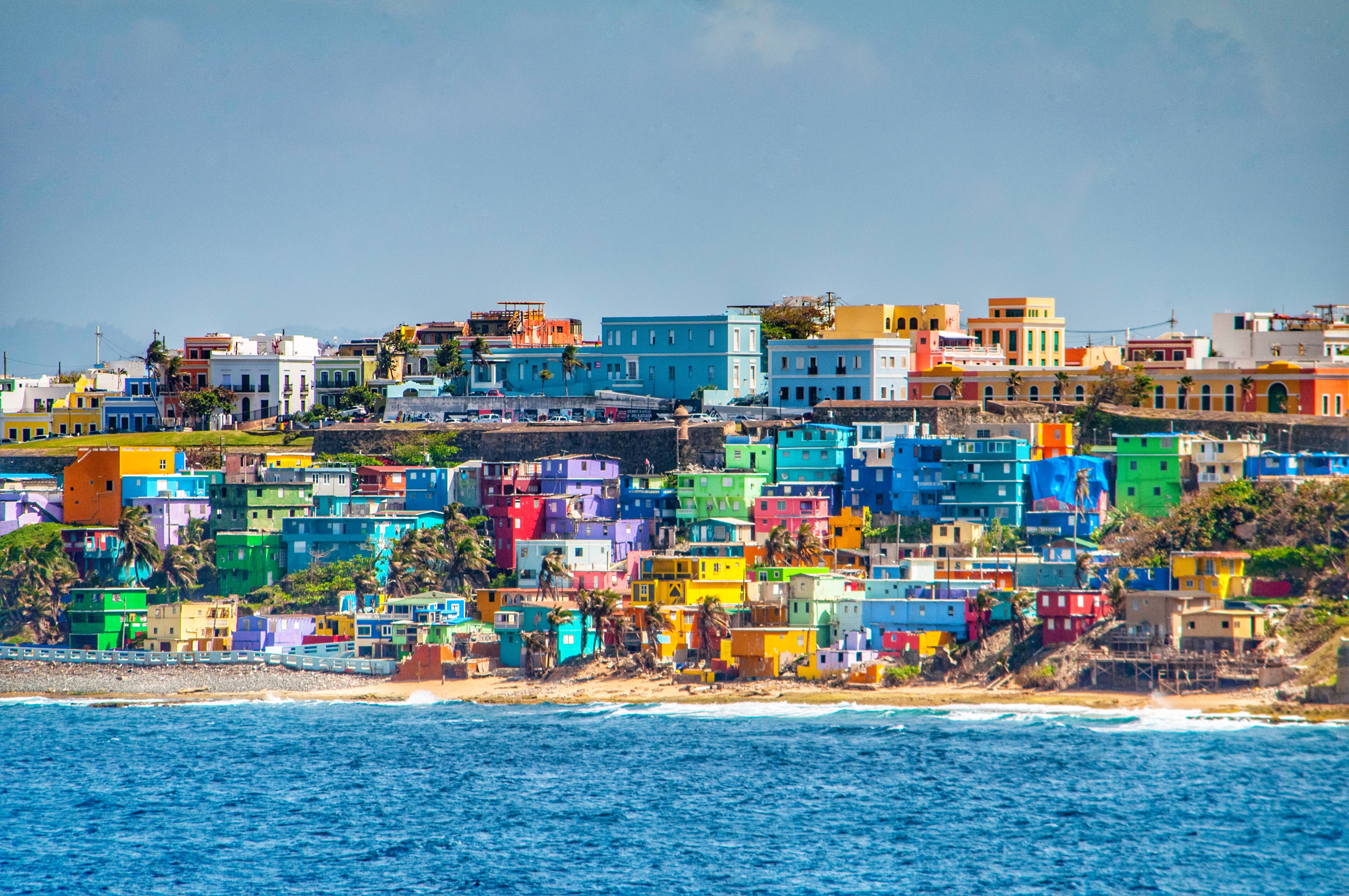Historical and Cultural Significance

Puerto Rico’s rich tapestry of culture and heritage is a testament to the island’s multifaceted history, which has been shaped by indigenous roots, Spanish colonization, and American influence. The indigenous Taíno people, who inhabited the island before European arrival, left an enduring legacy in Puerto Rican language, music, and cuisine.
Spanish Colonization
In the 16th century, Spanish conquistadors arrived in Puerto Rico, bringing with them their language, religion, and customs. Over the next four centuries, Spanish rule profoundly influenced Puerto Rican society, leaving an indelible mark on its architecture, literature, and art.
The tropical paradise of Puerto Rico has weathered many storms, but the recent Hurricane Beryl has left its mark. Stay informed about the latest developments with our comprehensive hurricane beryl update. As the island rebuilds, the resilience of its people shines through, reminding us of the strength and beauty that lies within Puerto Rico.
American Influence
In 1898, the Spanish-American War resulted in the United States acquiring Puerto Rico. American influence brought significant changes to the island, including the introduction of English as an official language, the establishment of a public education system, and the modernization of infrastructure.
Puerto Rico, a beautiful Caribbean island, has faced its fair share of hurricanes over the years. One such hurricane was Hurricane Beryl, which also impacted Barbados. Hurricane Beryl Barbados left a trail of destruction in its wake, but the people of Puerto Rico showed resilience and determination in rebuilding their lives and communities.
Today, Puerto Rico continues to thrive as a vibrant and welcoming destination.
A Unique Blend
Today, Puerto Rican culture is a vibrant blend of African, European, and Caribbean influences. This unique heritage is reflected in the island’s music, which incorporates elements of Spanish flamenco, African rhythms, and Caribbean salsa. Puerto Rican cuisine is equally diverse, featuring a mix of Spanish, indigenous, and American flavors.
Tourism and Travel
Puerto Rico is a Caribbean paradise with something to offer everyone. From stunning beaches and lush rainforests to vibrant cities and historical sites, there’s no shortage of things to see and do on this beautiful island.
Top Tourist Destinations
Here’s a comprehensive guide to Puerto Rico’s top tourist destinations:
- Beaches: Puerto Rico is home to some of the most beautiful beaches in the world, including Seven Seas Beach, Flamenco Beach, and La Monserrate Beach.
- Rainforests: The El Yunque Rainforest is a must-see for nature lovers, with its lush vegetation, cascading waterfalls, and abundant wildlife.
- Historical Sites: Old San Juan is a UNESCO World Heritage Site and home to many historical landmarks, including the El Morro fortress and the San Juan Cathedral.
7-Day Itinerary
Here’s a suggested 7-day itinerary for exploring Puerto Rico’s diverse regions and attractions:
- Day 1: Arrive in San Juan and check into your hotel. Visit Old San Juan and explore its historical sites.
- Day 2: Take a day trip to El Yunque Rainforest and hike to La Coca Falls.
- Day 3: Drive to the west coast and visit the beaches of Rincón and Aguadilla.
- Day 4: Take a boat trip to the islands of Vieques or Culebra.
- Day 5: Visit the Arecibo Observatory, one of the world’s largest radio telescopes.
- Day 6: Drive to the south coast and visit the city of Ponce.
- Day 7: Depart from San Juan.
Recommended Restaurants, Hotels, and Activities
Here’s a list of recommended restaurants, hotels, and activities for travelers of all budgets:
- Restaurants: Marmalade (fine dining), La Casita (Puerto Rican cuisine), El Jibarito (casual dining)
- Hotels: The Condado Vanderbilt Hotel (luxury), La Concha Renaissance San Juan Resort (mid-range), Hotel El Convento (budget)
- Activities: Snorkeling, scuba diving, kayaking, hiking, zip-lining
Economic and Social Issues: Puerto Rico

Puerto Rico faces significant economic and social challenges, including high poverty rates, unemployment, and a crushing debt burden. These issues are deeply intertwined with the island’s political status as a US territory.
Political Status
Puerto Rico’s political status is a complex and contentious issue. The island is not a state but a US territory, which means it has limited autonomy and its residents cannot vote in US presidential elections. This status has had a profound impact on Puerto Rico’s economic development and social well-being.
Economic Challenges
Puerto Rico’s economy has been in a state of decline for decades. The island has high rates of poverty and unemployment, and its debt burden is unsustainable. The island’s main industries, such as tourism and manufacturing, have been struggling in recent years.
Social Issues, Puerto rico
Puerto Rico also faces a number of social issues, including inadequate healthcare, education, and crime. The island has a high rate of infant mortality and a life expectancy that is lower than the US average. The education system is underfunded and struggling to meet the needs of students.